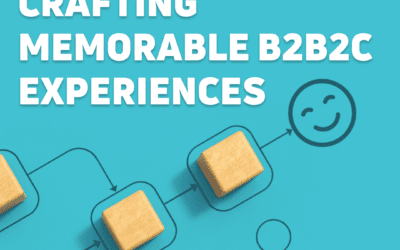Think back to your last couple (or dozen) online shopping experiences. You’ve likely used multiple devices, and mixed online and offline interactions before handing over your credit card.
Chances are you’ve also wrestled with issues along the way: a failed promo code, slow-loading pages, difficulties locating a product, or worse off, completing your checkout.
Likewise, customers today interface with organizations across devices, channels, platforms, and lines of business. And 50% of them experience some or all of the above issues when shopping online. Faced with those issues, 34% abandon their transactions, and 51% are less likely to buy from the same retailer offline.
Clearly, there’s much money to be made from understanding and fixing hiccups in the customer experience. But often, retailers just don’t know why, when, or where customers struggle.
Astute organizations embrace this new reality and seek ways to harness customer intel through a single point of reference, so they waste no time, nor risk being led astray by disparate, incomplete data pouring from various sources.
The discipline of centralizing and interpreting customer data to fix problems and optimize the shopping experience is commonly called Customer Experience Management (CEM). IBM’s Tealeaf Customer Experience (CX) is the analytics platform we advocate, given its capabilities and track record.
Some questions IBM Tealeaf CEM software can help answer include:
- When did the problem begin?
- How many and what type of customers encounter this issue each day?
- How does the problem impact conversion rates or task completions?
- How many sales, and of what value, are lost daily because of this issue?
- What must you do (or not do) next?
The goal? Keep customers buying.
How do you get there? CEM best practices include:
- Monitoring customer experience KPIs.
- Proactively examining and responding to known technical issues.
- Listening to your customers.
- Prioritizing customer experience issues based on business impact.
- Observing and reviewing actual customer behavior.
Put simply, in order to fix problems that are hindering revenue and customer satisfaction you must know your customers intimately ¾ how they think, what makes them tick, what they fear, loathe and value, how they’ve behaved in the past, and what they’re likely to do next.
In order for that to happen, you need to act on data, not hunches or personal biases. And to make that possible, you need to make sense of a never-ending stream of data so you can spot and stop problems before they snowball into big, expensive black holes.
That’s a heck of a job without the right technology, and it’s why automating that data capture and analysis is so important.
The outcome?
- Higher conversion rates and order sizes.
- Customer loyalty, repeat sales and referrals.
- Greater internal productivity, particularly within IT and customer service teams.
Could you use a boost in those outcomes?
BlueSky’s team of Tealeaf experts and eCommerce strategists would love to help you solve customer experience problems without undue burden on your staff, budget, and resources. Contact us to explore how IBM Tealeaf CX can help.
And don’t forget to ask us about Tealeaf Customer Experience on Cloud — software as a service (SaaS)-based analytics solution that delivers Tealeaf capabilities in an IBM-managed cloud environment.





